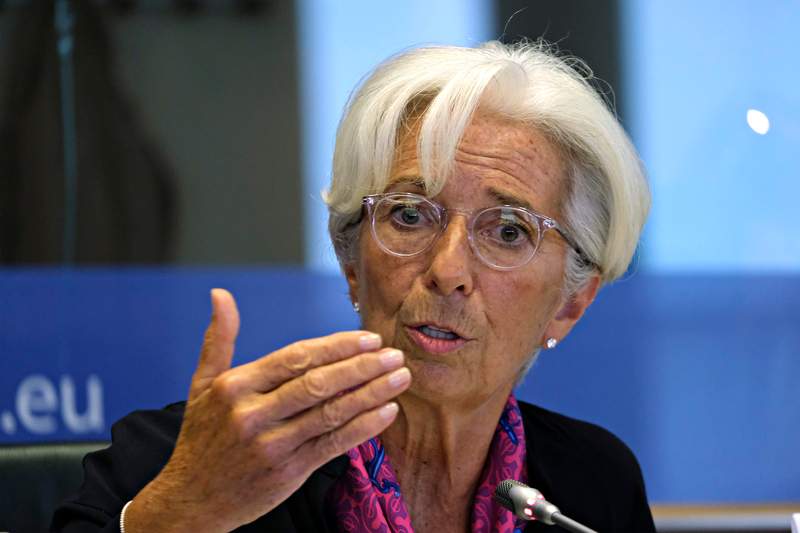By Geoffrey Smith
Investing.com -- The dollar was broadly unchanged on foreign exchange markets on Thursday, ahead of a busy day for central bank and economic news.
By 3 AM ET (0800 GMT), the dollar index, which tracks the greenback against a basket of advanced economy currencies, was effectively flat at 95.47. That has been the pattern for the year so far, despite a sharp rise in U.S. bond yields which would normally be more supportive for it. Year-to-date, the dollar index is actually down 0.1%.
The sideways drift is even more surprising, given the increasingly stark contrast between monetary policy in the U.S. and in other big parts of the world economy. The Chinese central bank continued its easing of monetary policy to help a troubled real estate sector earlier, cutting its Prime Loan Rate to 3.7% from 3.8% and promising more support in future. Central banks in Norway, Turkey and Ukraine all meet in the course of the day.
That move comes only days after the Bank of Japan again reiterated there was no chance of a near-term rise in interest rates, seeing inflaton as likely to stay well below target for another two years at least.
European Central Bank President Christine Lagarde also took up the theme on Thursday, telling the virtual World Economic Forum that the conditions that are forcing the Federal Reserve to raise interest rates are not present in the Eurozone, where wages are rising much more slowly and that over half of the inflation being currently reported is due to energy prices, and thus likely to reverse. The ECB releases the accounts of its last meeting later Thursday.
The market took that message with a pinch of salt: EUR/USD was up 0.2% at $1.1369, after the German statistics office Destatis reported that producer prices rose 5.0% in the month of December alone, and were up 24.2% on the year, well above inflation. Most of that increase was due to the fact that natural gas prices more than doubled. Eurozone consumer price data for December are due at 5 AM ET.
Gas deliveries to Germany are a central part of another major issue keeping markets occupied at the moment. The Russian ruble fell 0.5% to 76.49 to the dollar, after U.S. President Joe Biden suggested he expects Russia to invade Ukraine in the near future, in what would be its third invasion of a neighboring state in 14 years.
Other points of interest for the market on Thursday include U.S. jobless claims data, which last week showed the first real impacts from the wave of Omicron-variant Covid-19 across the country. The Philadelphia Federal Reserve will also release its monthly business survey, while existing home sales data for December are also due.
